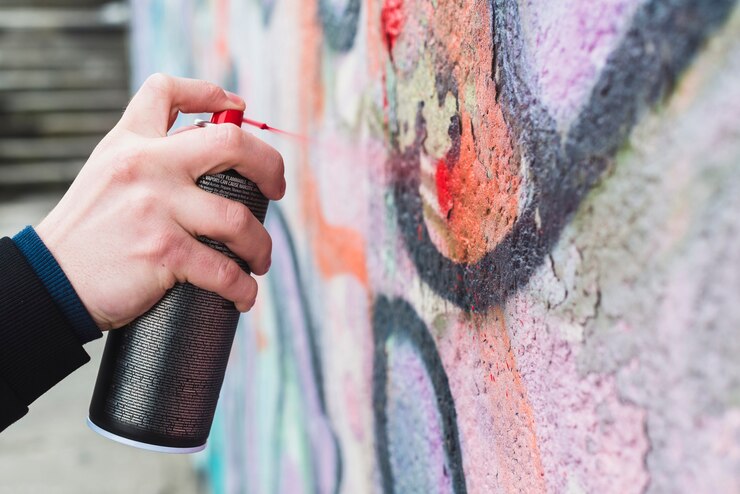
Embarking on the journey of learning new artistic techniques is always a challenge, and when it comes to airbrush artwork, the initial attempts may indeed feel slow to master. The allure of watching experts effortlessly maneuver through the techniques in instructional videos can be deceiving, leaving beginners surprised by the level of difficulty they encounter. However, like any skill, mastering airbrushing requires patience, practice, and a gradual progression from simple to more complex techniques. This article serves as a beginner’s guide to navigating the early stages of airbrushing, offering practical tips and insights to build a solid foundation.
Practicing the Basics:
To begin the airbrushing journey, start by using an inexpensive flat surface and black paint. There’s no need to invest heavily in additional colors until you’ve gained some practice. Experimenting with the basics is crucial during the initial stages. Familiarize yourself with the feel and functionality of the airbrush by practicing on a cheap surface. Focus on mastering the simplest technical steps repeatedly until they become second nature. This process lays the groundwork for a deeper understanding of airbrushing processes, forming the basis for tackling more intricate techniques in the future.
Experimenting with Techniques:
Once you’ve grown comfortable with the airbrush, the next step is to experiment with creating different shapes. Begin by practicing airbrushed geometric shapes such as triangles, circles, squares, and rectangles. Although it may sound straightforward, continued practice is essential for mastering the art of creating these shapes evenly and precisely. As proficiency grows, introduce different textures into the shapes. Work on airbrushing shapes using both thin and thick lines, honing the skill of creating broad designs and intricate details. This phase allows artists to explore the full range of possibilities offered by the airbrush.
Utilizing Design Stencils:
As a beginner, using design stencils can be immensely helpful in creating distinctive airbrush artwork. Practice using stencils on an inexpensive surface with black airbrush paint. The objective is to become adept at employing stencils to achieve desired effects and, equally important, to learn how to remove stencils carefully without disrupting the painted design. This practice phase with stencils serves as a bridge between mastering basic shapes and developing a personal style in airbrushing.
Choosing the Right Paint:
Golden Airbrush Colors are recommended for beginners due to their user-friendly nature. This type of paint is prepped and ready for use, eliminating the complexities associated with paint thinners and thinning issues. Starting with simple black paint allows beginners to focus on mastering techniques without getting bogged down by intricate color details. Once a level of comfort is achieved, artists can then progress to more complex paints and color palettes.
The journey of mastering airbrushing is marked by a deliberate and patient approach to skill development. Beginning with the basics, artists gradually advance through geometric shapes, experimenting with lines, and incorporating design stencils. Golden Airbrush Colors provide a hassle-free starting point for beginners, allowing them to concentrate on technique before delving into the intricacies of paint preparation. As the foundation of skills solidifies, artists can confidently progress in their airbrushing journey, embracing the full spectrum of possibilities that this unique form of artistic expression offers. Remember, the key lies in persistent practice and a willingness to learn from each experience, ensuring a steady evolution in the art of airbrushing.
